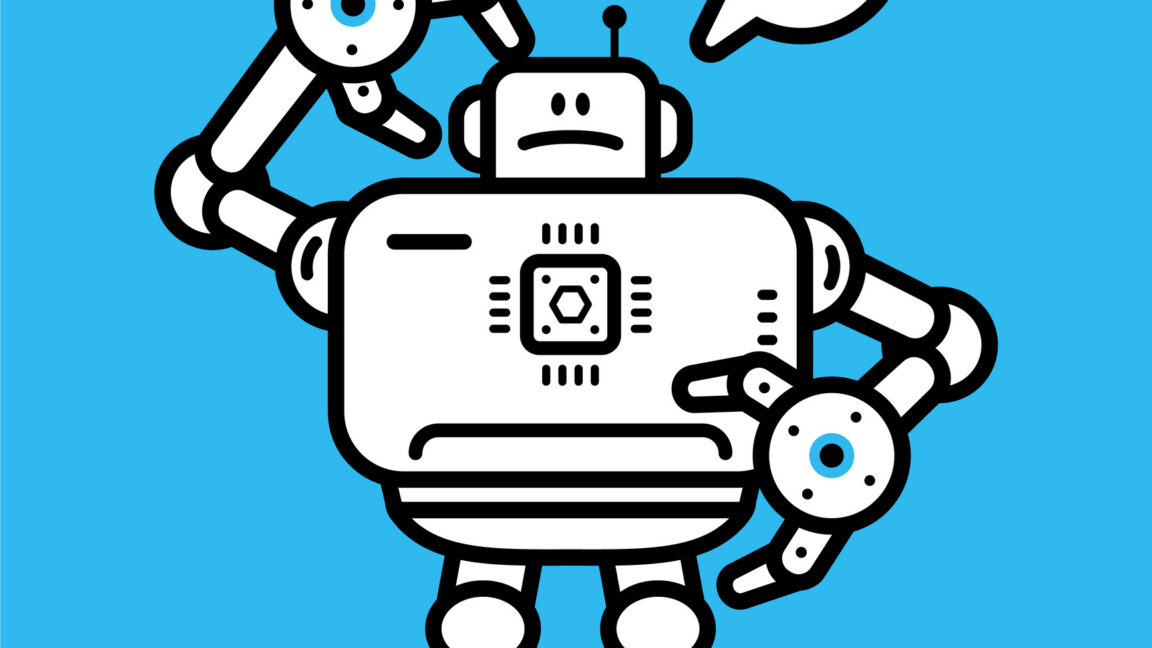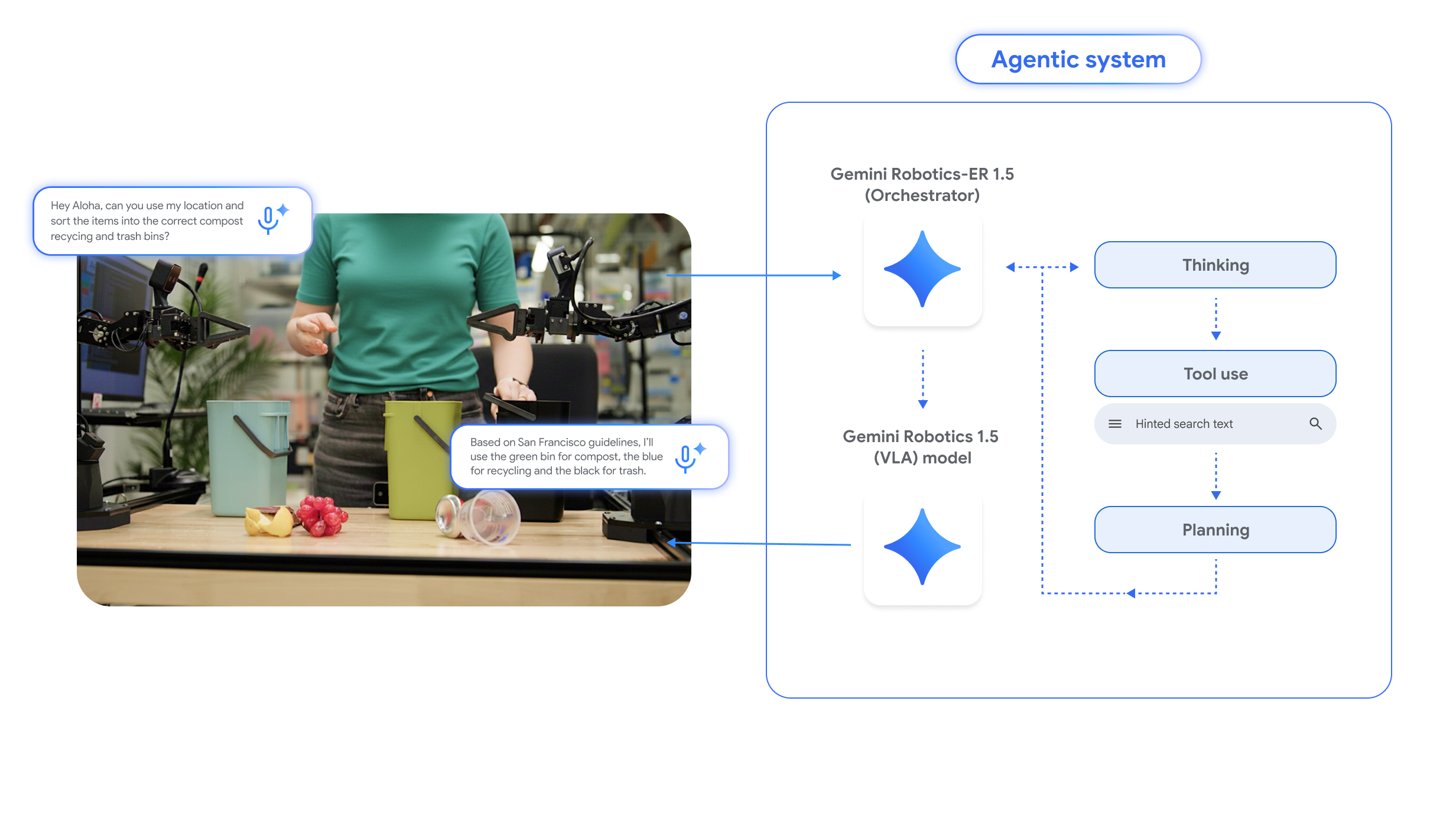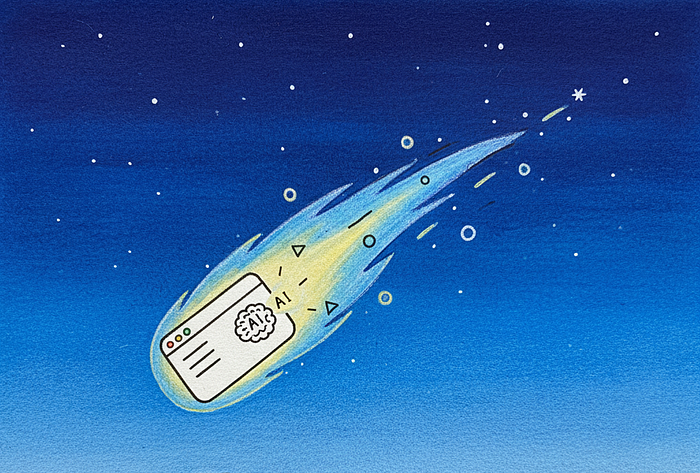Introduction to ChatGPT Pulse
On Thursday, OpenAI announced ChatGPT Pulse, a new "push" feature that generates personalized daily updates for users without having to ask each time. The preview feature, available now for Pro subscribers on mobile, marks OpenAI’s latest attempt to make ChatGPT proactive rather than reactive, with the AI model conducting overnight research to deliver morning updates based on user history and connected apps. OpenAI calls it "personalized research and timely updates that appear regularly to keep you informed."
How ChatGPT Pulse Works
ChatGPT Pulse works by analyzing a user’s chat history, saved preferences, and optional connections to Gmail and Google Calendar each night. The next morning, users receive visual "cards" (small illustrated squares with topic summaries that can be expanded for detail) containing updates on topics the model determines are relevant, such as project follow-ups, dinner suggestions, or travel recommendations. Users can provide feedback through thumbs up or down ratings and request specific topics through a "curate" button.
Asynchronous Research
OpenAI says that rather than waiting for users to initiate conversations, ChatGPT now attempts to deliver information preemptively using what OpenAI calls "asynchronous research," essentially having the model generate queries and responses overnight using traditional methods. Updates appear once daily and disappear after 24 hours unless users save them or ask follow-up questions, which converts them into standard chat conversations.
Integration with Other Apps
Users can also connect Gmail and Google Calendar to provide additional context for what OpenAI calls more relevant suggestions. When Calendar is connected, ChatGPT might draft a sample meeting agenda, remind users to buy a birthday gift, or surface restaurant recommendations for an upcoming trip. These integrations are off by default and can be toggled in settings.
Limitations of ChatGPT Pulse
But like most modern AI products based on large language models, which draw from patterns absorbed through training datasets, there’s a catch: Its success rate is highly variable based on the topic at hand. OpenAI says it tested the new Pulse feature with college students through its ChatGPT Lab program, finding that users "started to feel its utility once they started telling ChatGPT what they wanted to see."
Example of ChatGPT Pulse Interface
An example of the ChatGPT Pulse interface provided by OpenAI shows how the feature will look and feel for users. The interface includes visual "cards" that contain updates on relevant topics, and users can interact with these cards by providing feedback or requesting more information.
Conclusion
ChatGPT Pulse is a new feature that aims to make ChatGPT more proactive and personalized. By analyzing user history and connected apps, ChatGPT Pulse provides daily updates on relevant topics, making it a useful tool for users who want to stay informed and organized. While it has its limitations, ChatGPT Pulse has the potential to be a game-changer for users who want to get the most out of their AI assistant.
FAQs
Q: What is ChatGPT Pulse?
A: ChatGPT Pulse is a new feature that generates personalized daily updates for users without having to ask each time.
Q: How does ChatGPT Pulse work?
A: ChatGPT Pulse works by analyzing a user’s chat history, saved preferences, and optional connections to Gmail and Google Calendar each night.
Q: Can I connect other apps to ChatGPT Pulse?
A: Yes, users can connect Gmail and Google Calendar to provide additional context for more relevant suggestions.
Q: Is ChatGPT Pulse available for all users?
A: No, ChatGPT Pulse is currently available for Pro subscribers on mobile.
Q: How often do updates appear in ChatGPT Pulse?
A: Updates appear once daily and disappear after 24 hours unless users save them or ask follow-up questions.











